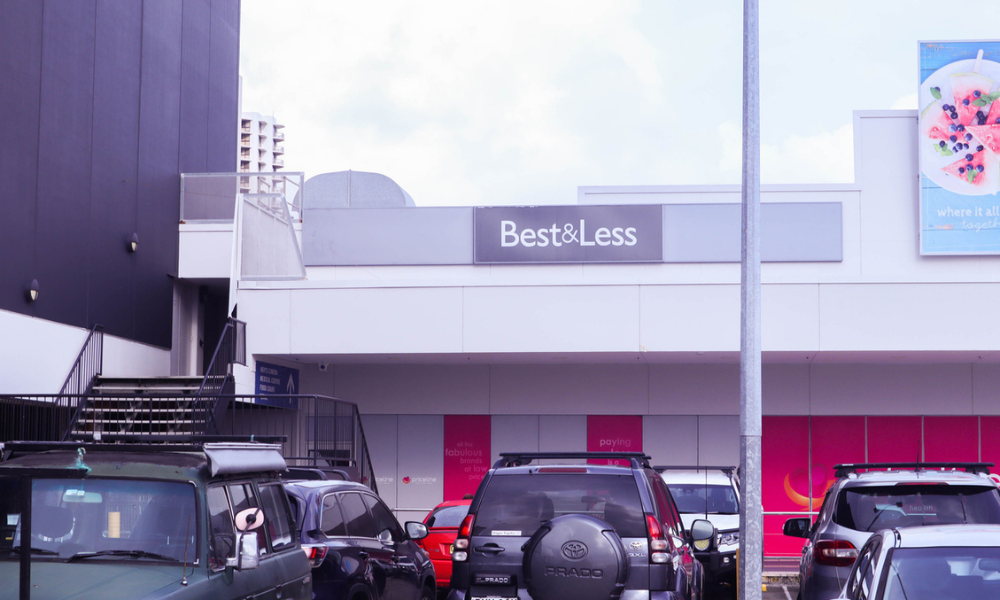HR departments are leading a surprising sea-change in the areas of technology purchasing, adoption and utilisation. And while that may be embraced by employees, it’s not always welcomed by colleagues down the hall in IT, writes Michael Slip
HR departments are leading a surprising sea-change in the areas of technology purchasing, adoption and utilisation. And while that may be embraced by employees, it’s not always welcomed by colleagues down the hall in IT, writes Michael Slip
HR departments are at the pointy end of the ‘bring your own device’ (BYOD) trend. This trend, in turn, is being propelled by an ever-more-sophisticated array of easily available consumer applications that promise productivity and collaboration benefits, and are willingly embraced by employees wanting to do their jobs better. Technologies like video conferencing (FaceTime), file-sharing (dropbox) and instant messaging (WhatsApp) are on the rise across businesses, often without the knowledge or input of IT departments.
Should HR professionals be concerned or excited? In my opinion, both. There are tough challenges to face when balancing improved employee productivity with adherence to IT guidelines. There are risks and benefits - but they can be balanced. Which is good news, because the consumer app has taken up residence in the office and has found a particularly warm welcome in Australia. A recent Dimension Data survey – the 2016 Connected Enterprise Report – found Australian enterprises were far more likely than their global counterparts to adopt consumer-grade messaging services, with 28% of Australian respondents using them, compared to the global average of 17%.
Some of this is a result of non-IT departments making their own technology purchases, which has met with mixed results. Reports of stratospheric bills generated by Line-of-Business (LoB) leaders wading into the unfamiliar waters of tech purchasing, are not uncommon. Without the back-up of IT departments, their market knowledge and years of negotiating experience, HR and Marketing can pay 20-30 times more than they should for technologies like web conferencing tools.
HR departments must focus on attracting the best employees. Millennials in particular demand modern and flexible working environments, and collaboration tools that at least match those available in their private lives and in their formative school and tertiary education environments. Yet there are technology questions that need to be considered when looking to meet that demand. What about security? Is information that is sensitive for the organisation being protected? How well is intellectual property (IP) being managed? If you decide to adopt an application without the input of IT, who will be responsible for the support of this app, who will train employees in its use, and who will be accountable for employee productivity?
The tide cannot be turned back. IT decision makers need to realise that HR departments – and other LoB leaders – will continue to capitalise on their expanded IT choices until there is a better option. In IT circles, the trend is known as ‘Shadow IT’, and while the term may not be commonplace for those in HR, the adoption of consumer apps in the enterprise certainly is. For instance, our survey found 70 per cent of LoB respondents use consumer grade audio conferencing, 62% used messaging applications and 57% reported the use of video-conferencing tools – all without IT permission.
The only way to balance the risks and benefits associated with shadow IT and the influx of personal devices in the workplace, is to have an open dialogue between HR and IT departments. The fact is, many HR leaders don’t set out intending to go behind the backs of IT, but they see little other choice when the technology department is slow to react, hidebound to inflexible processes and often unwilling to compromise. So, IT needs to give a little, and HR needs to see the bigger picture regarding paying inflated prices for technology and side-stepping important security protocols.
While the desire to improve employee productivity is a key driver behind the use of these consumer collaboration apps, it must be remembered that if they’re being used within the office, they’re also being used outside of it. It is no secret that the nature of work is changing – 10 years ago, everyone worked in the same place and at the same time. Today, the average employee has at least two devices they could use to work at a different place and different time. While consumer apps are easily available on these devices, there needs to be a clear idea of the risk and governance issues involved.
How HR and IT work together is of critical importance, particularly as the rollout of the NBN continues to gather pace, and more employees find that they have the internet speeds required to work effectively from home. It would be a mistake to think employees will not expect a remote working option to be on offer. As our survey found, only one third of Australian companies have any collaboration strategy at all. Those without one will find that instead of managing a sea-change, they will be battling a tidal wave.
About the author
Michael Slip is the General Manager – Customer Experience and Collaboration at Dimension Data Australia
HR departments are at the pointy end of the ‘bring your own device’ (BYOD) trend. This trend, in turn, is being propelled by an ever-more-sophisticated array of easily available consumer applications that promise productivity and collaboration benefits, and are willingly embraced by employees wanting to do their jobs better. Technologies like video conferencing (FaceTime), file-sharing (dropbox) and instant messaging (WhatsApp) are on the rise across businesses, often without the knowledge or input of IT departments.
Should HR professionals be concerned or excited? In my opinion, both. There are tough challenges to face when balancing improved employee productivity with adherence to IT guidelines. There are risks and benefits - but they can be balanced. Which is good news, because the consumer app has taken up residence in the office and has found a particularly warm welcome in Australia. A recent Dimension Data survey – the 2016 Connected Enterprise Report – found Australian enterprises were far more likely than their global counterparts to adopt consumer-grade messaging services, with 28% of Australian respondents using them, compared to the global average of 17%.
Some of this is a result of non-IT departments making their own technology purchases, which has met with mixed results. Reports of stratospheric bills generated by Line-of-Business (LoB) leaders wading into the unfamiliar waters of tech purchasing, are not uncommon. Without the back-up of IT departments, their market knowledge and years of negotiating experience, HR and Marketing can pay 20-30 times more than they should for technologies like web conferencing tools.
HR departments must focus on attracting the best employees. Millennials in particular demand modern and flexible working environments, and collaboration tools that at least match those available in their private lives and in their formative school and tertiary education environments. Yet there are technology questions that need to be considered when looking to meet that demand. What about security? Is information that is sensitive for the organisation being protected? How well is intellectual property (IP) being managed? If you decide to adopt an application without the input of IT, who will be responsible for the support of this app, who will train employees in its use, and who will be accountable for employee productivity?
The tide cannot be turned back. IT decision makers need to realise that HR departments – and other LoB leaders – will continue to capitalise on their expanded IT choices until there is a better option. In IT circles, the trend is known as ‘Shadow IT’, and while the term may not be commonplace for those in HR, the adoption of consumer apps in the enterprise certainly is. For instance, our survey found 70 per cent of LoB respondents use consumer grade audio conferencing, 62% used messaging applications and 57% reported the use of video-conferencing tools – all without IT permission.
The only way to balance the risks and benefits associated with shadow IT and the influx of personal devices in the workplace, is to have an open dialogue between HR and IT departments. The fact is, many HR leaders don’t set out intending to go behind the backs of IT, but they see little other choice when the technology department is slow to react, hidebound to inflexible processes and often unwilling to compromise. So, IT needs to give a little, and HR needs to see the bigger picture regarding paying inflated prices for technology and side-stepping important security protocols.
While the desire to improve employee productivity is a key driver behind the use of these consumer collaboration apps, it must be remembered that if they’re being used within the office, they’re also being used outside of it. It is no secret that the nature of work is changing – 10 years ago, everyone worked in the same place and at the same time. Today, the average employee has at least two devices they could use to work at a different place and different time. While consumer apps are easily available on these devices, there needs to be a clear idea of the risk and governance issues involved.
How HR and IT work together is of critical importance, particularly as the rollout of the NBN continues to gather pace, and more employees find that they have the internet speeds required to work effectively from home. It would be a mistake to think employees will not expect a remote working option to be on offer. As our survey found, only one third of Australian companies have any collaboration strategy at all. Those without one will find that instead of managing a sea-change, they will be battling a tidal wave.
About the author
Michael Slip is the General Manager – Customer Experience and Collaboration at Dimension Data Australia





